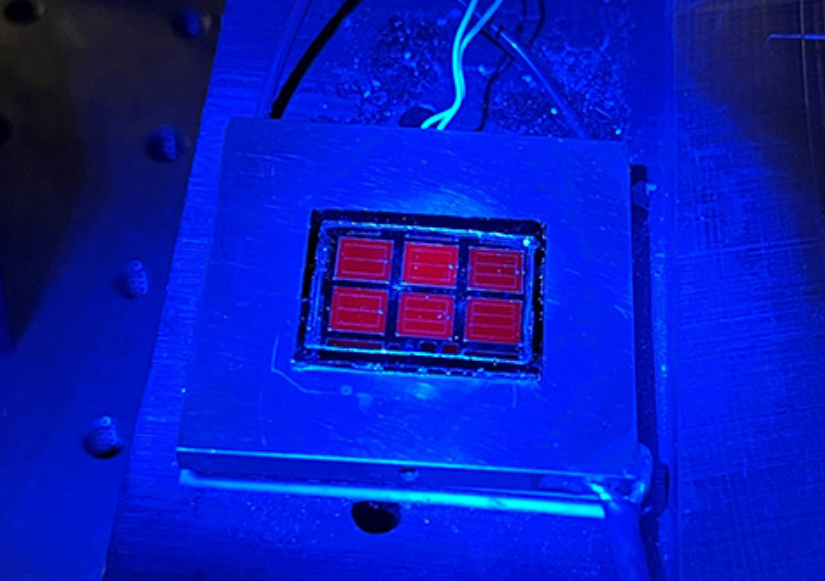United States – Under one-sun global illumination, researchers at the National Renewable Energy Laboratory (NREL) of the US Department of Energy created a solar cell with a record 39.5 percent efficiency.
This solar cell has the highest efficiency of any type, as measured under standard 1-sun conditions. In 2020, NREL scientists set a new record with a 39.2 percent efficient six-junction solar cell made of III-V materials.
The inverted metamorphic multijunction (IMM) architecture, which was invented at NREL, has been used in several of the best recent solar cells. The Best Research-Cell Efficiency Chart now includes this newly enhanced triple-junction IMM solar cell. The chart, which shows the success of experimental solar cells, includes Sharp Corporation of Japan’s previous three-junction IMM record of 37.9% set in 2013.
The increase in efficiency came as a result of research into “quantum well” solar cells, which use many very thin layers to change the properties of the solar cell. The researchers developed a high-performance quantum well solar cell and integrated it into a device with three junctions with different bandgaps, each tuned to capture and use a different slice of the solar spectrum.
III-V materials
The III-V materials, named after their position on the periodic table, have a wide range of energy bandgaps, allowing them to target various parts of the solar spectrum. Gallium indium phosphide (GaInP) is used at the top, gallium arsenide (GaAs) with quantum wells is used in the middle, and lattice-mismatched gallium indium arsenide is used at the bottom (GaInAs). Over decades of research, each material has been fine-tuned.
The researchers used quantum wells in the middle layer to widen the GaAs cell’s bandgap and increase the amount of light it can absorb. They also created optically thick quantum well devices with minimal voltage loss. They also learned how to improve the performance of the GaInP top cell by annealing it during the growth process, as well as how to reduce threading dislocation density in lattice-mismatched GaInAs, both of which are discussed in separate publications. These three materials work together to create a new cell design.
The high efficiency of III-V cells is well known, but the manufacturing process has traditionally been costly. III-V cells have so far been used to power space satellites, unmanned aerial vehicles, and other specialized applications. Researchers at NREL have been working on lowering the cost of manufacturing III-V cells and developing alternate cell designs that will make these cells affordable for a variety of new applications.
The new III-V cell was also put to the test in space to see how efficient it would be in applications like communications satellites, which are powered by solar cells and require high cell efficiency, and came in at 34.2 percent for a first-of-life measurement. The current cell design is suitable for low-radiation environments, but further development of the cell structure may enable higher-radiation applications.
NREL is the primary national laboratory for renewable energy and energy efficiency research and development for the US Department of Energy. The Alliance for Sustainable Energy manages NREL on behalf of the Energy Department.





